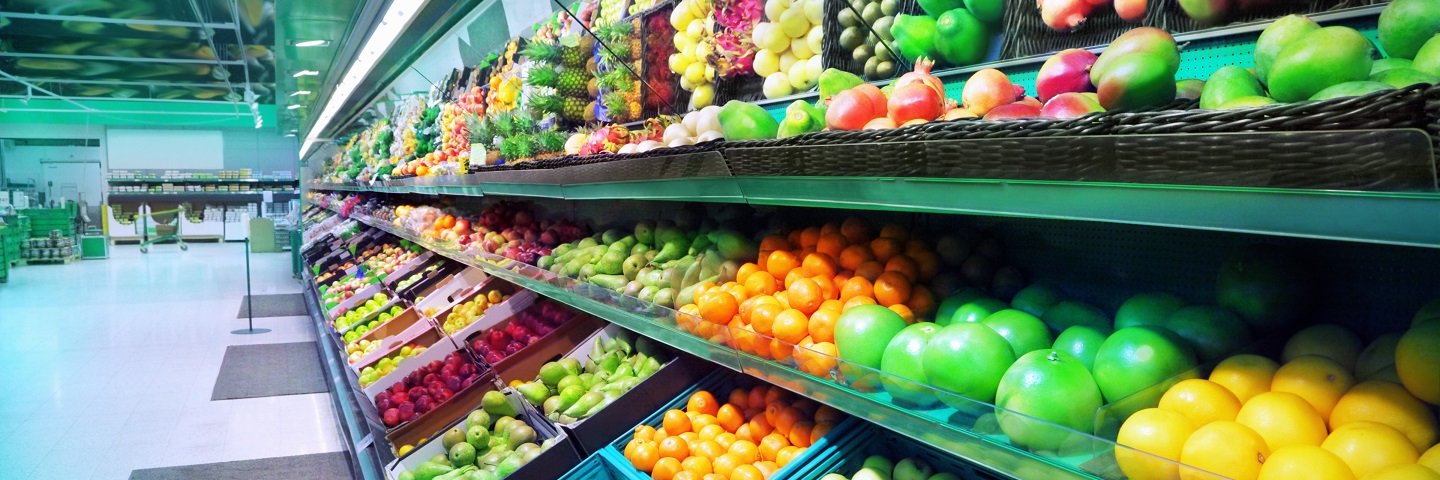
Visit our other sites
-
Fapas - Proficiency Testing
Globally recognised provider of proficiency tests, running over 400 tests annually across an extensive range of matrices and analytes
-
Great Crested Newts Testing
A single sample taken by an ecologist at any time during the newt breeding season can determine their presence or absence, saving you time and money
Sadat has worked at Fera and its predecessors for 29 years in the field of mycotoxins and pesticide residues. As the head of UK National Reference Lab, he advises various Government Departments and retailer on issues related to pesticide residues in food.


Find Sadat on: LinkedIn
-
Area of expertise
Pesticide Residue Analysis
-
Years of experience
25+
-
Highest qualification
PhD
Sadat Nawaz is a Senior Scientist Fera. After completion of his PhD and post-doctoral studies, he moved to Fera (formally CSL in Slough) in 1993. Sadat worked on development of sampling and analytical methods for mycotoxins before moving to pesticide residues team in York.
Sadat Nawaz is the head of UK National Reference Laboratory. He has travelled extensively to Europe, Africa, Asia and South America to provide training and consultancy on pesticides residues analysis and setting up monitoring programmes.
His current interests include development of efficient, and cost-effective strategies for analyses of pesticides in food and environmental samples.

Food Contact Materials Testing
Our work involves targeted and non targeted analysis of known and unknown migrants. Analysis can be carried out in complex matrices (foods, food simulants and food contact materials and articles) utilising a range of advanced chromatographic and mass spectrometric techniques.

Contaminant Testing
Our experts focus on the scientific research relating to intentionally added food components and to those arising from chemical changes during food processing, bioactive chemicals and natural toxicants.

Authenticity Testing
Fera's analysts use industry leading techniques and cutting edge technologies to ensure compliance with food safety regulations, protecting public health and traceability.
Latest Papers and Articles
Poisonous insecticidal solutions’ in bookbinding: coping with historic pesticide treatments in the archive; Heritage Science (in press).
EPRW 2022 – Analysis of ethylene oxide and 2-chloroethanol
Events past and future
14th European Pesticide Residue Workshop 2022
Sadat and their team work with customers to deliver the following services within Fera...

Food Contact Materials Testing
Our work involves targeted and non targeted analysis of known and unknown migrants. Analysis can be carried out in complex matrices (foods, food simulants and food contact materials and articles) utilising a range of advanced chromatographic and mass spectrometric techniques.

Contaminant Testing
Our experts focus on the scientific research relating to intentionally added food components and to those arising from chemical changes during food processing, bioactive chemicals and natural toxicants.

Authenticity Testing
Fera's analysts use industry leading techniques and cutting edge technologies to ensure compliance with food safety regulations, protecting public health and traceability.
Latest Papers and Articles
Poisonous insecticidal solutions’ in bookbinding: coping with historic pesticide treatments in the archive; Heritage Science (in press).
EPRW 2022 – Analysis of ethylene oxide and 2-chloroethanol
Events past and future
14th European Pesticide Residue Workshop 2022
Sadat and their team work with customers to deliver the following services within Fera...

Food Contact Materials Testing
Our work involves targeted and non targeted analysis of known and unknown migrants. Analysis can be carried out in complex matrices (foods, food simulants and food contact materials and articles) utilising a range of advanced chromatographic and mass spectrometric techniques.

Contaminant Testing
Our experts focus on the scientific research relating to intentionally added food components and to those arising from chemical changes during food processing, bioactive chemicals and natural toxicants.

Authenticity Testing
Fera's analysts use industry leading techniques and cutting edge technologies to ensure compliance with food safety regulations, protecting public health and traceability.

Copyright © 2025 Fera Science Limited (“Fera”). All rights reserved.
For further information about how Fera uses any personal data collected from you, please see our Privacy Notice at www.fera.co.uk/privacy-policy.

